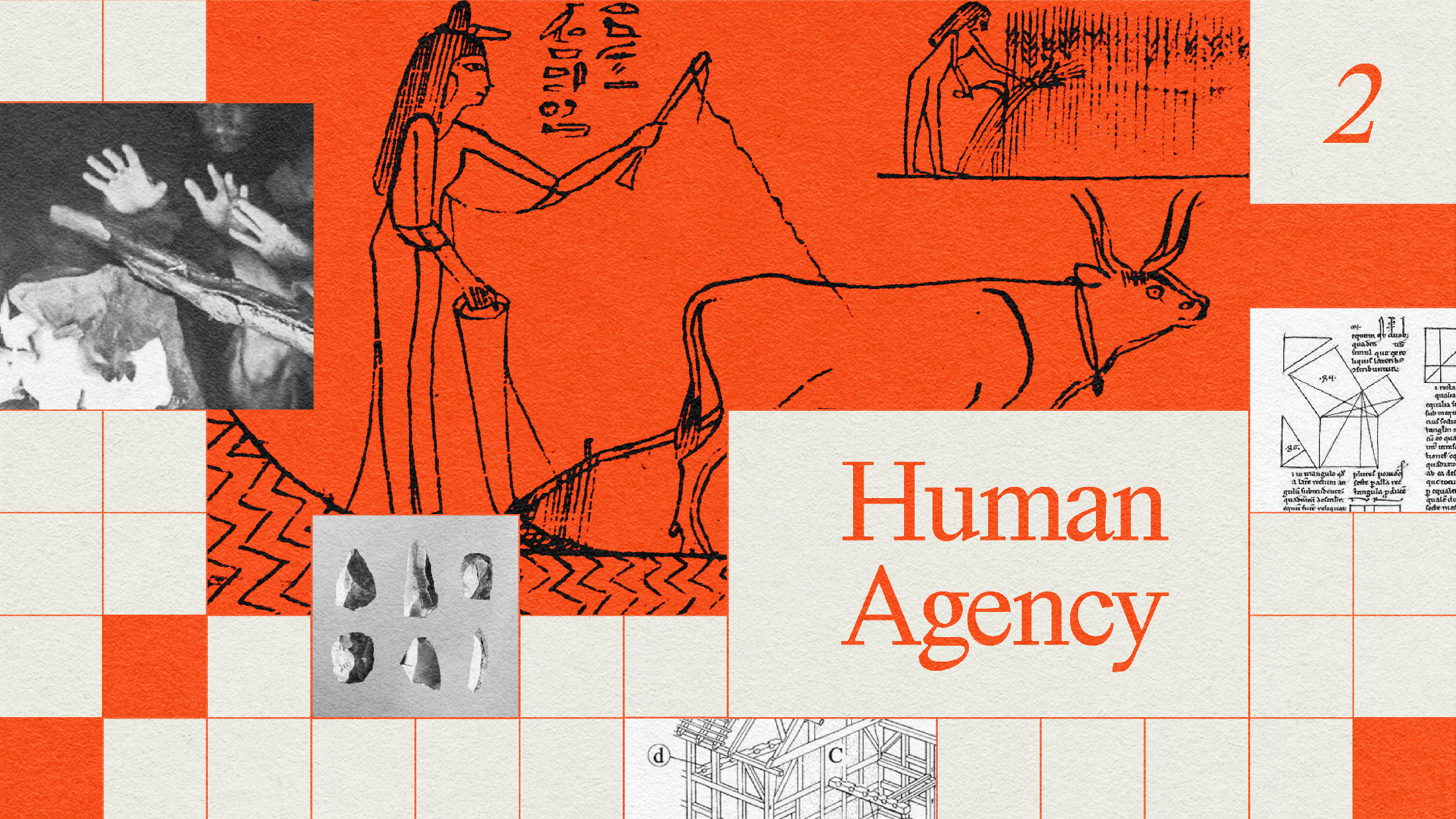For much of the past 100 years, little was known about Alzheimer’s disease and dementia. But recent research is revealing the neurotransmitter and genetic defects behind the disease.
Meryl Comer: I'm going to give you a statistic that will be bothersome to most of us: January 1st, 2011, boomers will begin turning 65 every 8 seconds, 10,000 a day, 4 million a year, what does that say to you Dr. Guarente?
Dr. Guarente: Well that says we have a big problem on our hands and the problem is diseases of aging, diseases where aging is a major component of the onset of the disease and I would say Alzheimer’s is number one on the list of diseases of aging and we really have to worry about it.
Meryl Comer: Dr. Gandy, can you put that in perspective of prevalence and what is the risk when you turn 65 and take us forward?
Dr. Gandy: Well the current prevalence is about 6 million in the United States alone. At age 65 the risk becomes about 10%, but by age 85 half of the population at that age and older have Alzheimer’s disease.
Meryl Comer: And the pathology, does it start then? Has it been in our systems? What is the progression? What is the pathology?
Dr. Gandy: Well the pathology is really a couple of things that have been discovered over the past 30 or 40 years. The first pathology that was identified really was a biochemical pathology, a deficit in a transmitter, a chemical that nerve cells use to talk to each other and the currently available drugs all target that sort of molecular pathology. More recently we’ve studied the buildup of proteins, substances that are normally present in the brain and function happily for 50, 60 years... but for reasons that we often don’t understand these proteins change their shape, clump and accumulate and buildup and kill the nerve cells of the brain.
Meryl Comer: Dr. Arancio, you’re an expert in synaptic dysfunction. What is going on in that disconnect?
Dr. Arancio: It’s I think that synaptic disfunction is the key to everything. The concept is more than 100 years old, that memory occurs in normal conditions when we are normal where the synapses become stronger. And really about 100 years ago this nobel Prize winner from Spain. He just wrote down that dementia occurs when the strengthening of synapses no longer works well, so I think it’s the key to understand the mystery of this disease.
Meryl Comer: Dr. Troncoso, the area, your specialty is frontal temporal dementias, Parkinson’s, Huntington. In most of those diseases it goes hand in hand with dementia-related issues. Can you tell us what the connection is?
Dr. Troncoso: Sure. I think that first of all we should have like a definition. Dementia is a clinical term. It means that you lose certain cognitive abilities that you have attained previously and then there are many diseases that can lead to dementia as the ones that you mentioned now—frontal temporal dementia for instance can cause dementia. Some patients with Parkinson’s disease eventually can develop dementia and, more importantly, vascular diseases, strokes also can either cause or contribute to dementia. And I think that when we talk about Alzheimer’s disease in terms of the pathology we should be aware that not everybody has Alzheimer’s disease by itself. In fact, most patients with Alzheimer’s disease do have some what we call co-morbidity, a second disease and the most common of the co-morbidities is vascular diseases, so patients have both Alzheimer’s and strokes and together then they lead to dementia.
Meryl Comer: And from a family perspective the management issues are the same. It’s just complicated because there are two diseases versus one disease.
Dr. Troncoso: Exactly, from the standpoint of the caretaker it is probably the same, but I think from the perspective of a health provider it is not the same, because in the case of vascular disease there is an element of treatment. It is.... you can prevent at least some of the vascular disease. For instance, if you prevent hypertension, which is something that can be done fairly easily, you actually prevent at least in some cases the development of dementia.
Recorded October 29, 2010





